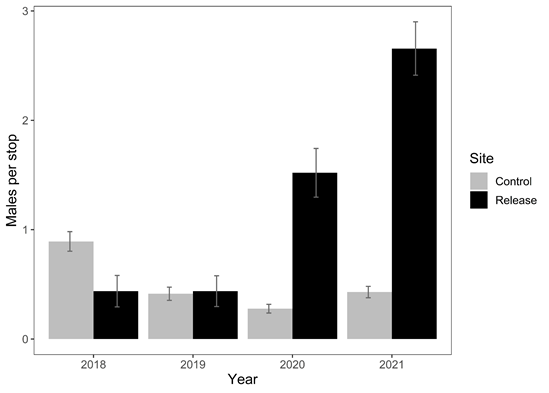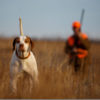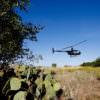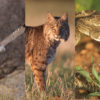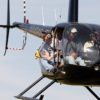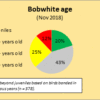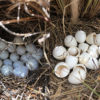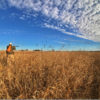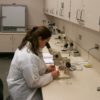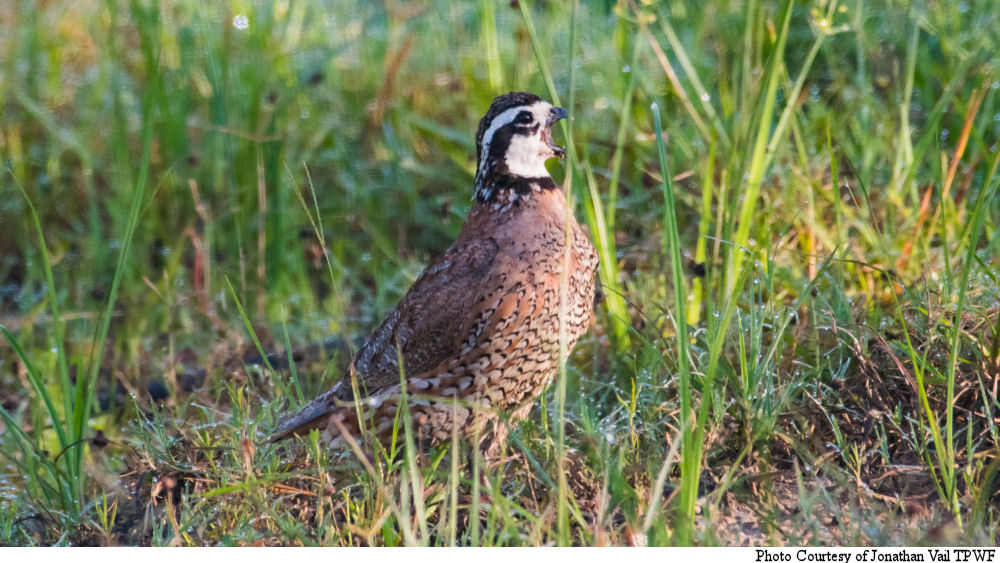
In our third year of translocation, we are seeking to better understand differences in demographic rates of bobwhite translocated to northcentral Texas (near Stephenville) from two distinct source populations. One source of birds came from the Rolling Plains ecoregion (RP), and the other came from south Texas (STX).
Thus far, we are seeing similar trends to last year in terms of survival and reproduction. To date, individuals sourced from the Rolling Plains have 16% higher survival than individuals from south Texas. Apparent survival was low for both populations during the first month post-release; however, survival has drastically improved since then. As a result, we have been able to locate 16 nests so far (n = 10 RP, and n = 6 STX). Hens from RP are producing 37% more nests per hen than their counterparts from STX. Clutch sizes have been large for both source populations and average 14.8 eggs. Although the breeding season is not over yet, these data agree with results from last year showing that, when translocated to northcentral Texas, individuals from RP survive and reproduce at higher rates than individuals sourced from STX.
In addition to seeking to evaluate differences in demographic rates, we also wanted to document a population response on the release site following translocation. We wrapped up 2021 spring whistle counts this month and were pleased to document a 73% increase in roosters heard per stop from last year. Overall, average roosters heard per stop are over 5 times higher than when we first initiated translocation on the release site. Furthermore, we have been able to document an increase in whistles per stop on the release site, while whistles per stop have remained constant on our “control” site that did not receive translocated bobwhite. With the rain that we have received, we are hopeful that reproduction and survival will continue to improve.
